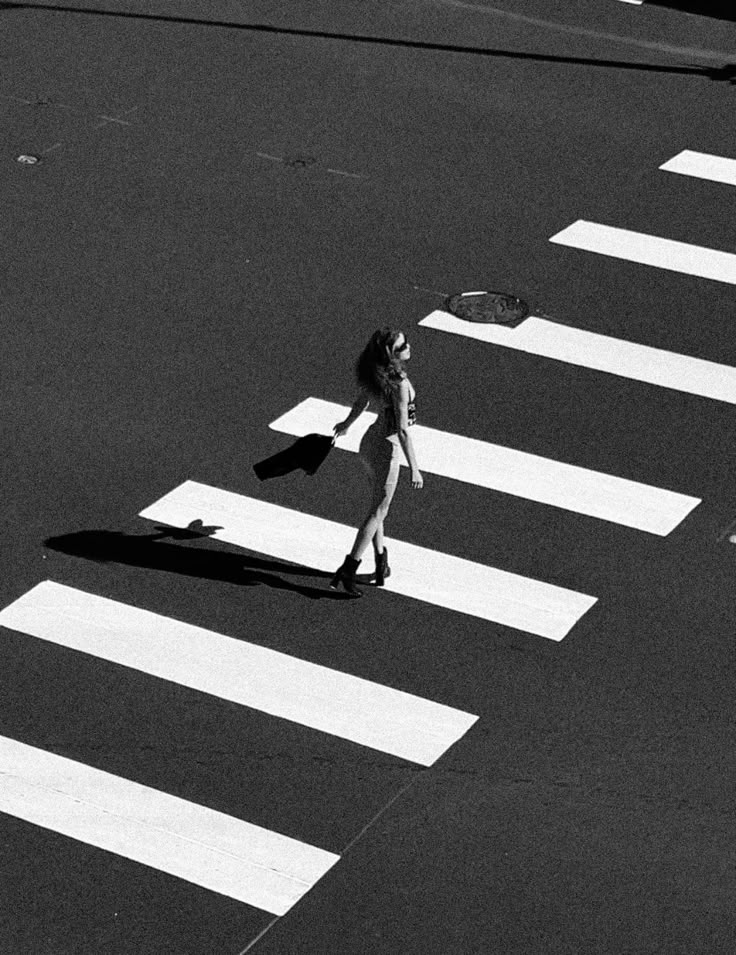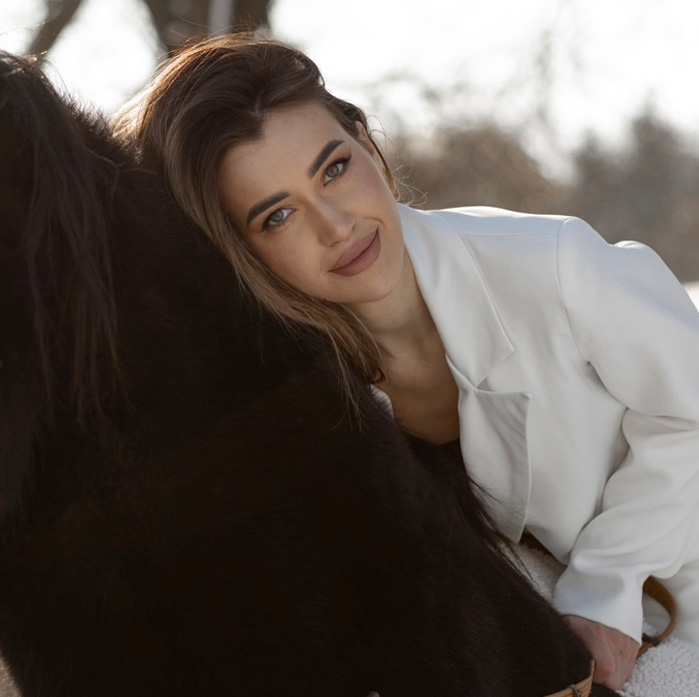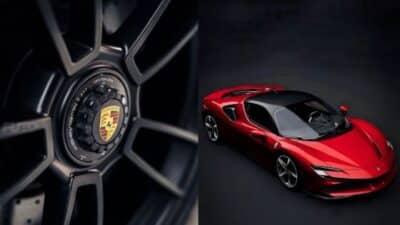

Street photography in 2025 is evolving with new techniques and tools that change how photographers capture everyday life. Many are using advanced cameras and editing apps to create sharper, more creative images. Understanding these changes helps photographers stay current and improve their work.
Social media continues to shape what styles and subjects gain attention, pushing street photography toward more diverse and authentic stories. At the same time, photographers must navigate new rules about privacy and ethics when shooting people in public spaces.
This shift toward responsible shooting and embracing global influences is shaping the future of street photography. It influences not only what images are made but also how photographers approach their craft.
Key Takeaways
- Street photography uses new technology to enhance creativity.
- Social media drives popular styles and sharing methods.
- Ethical rules and global views affect photo choices.
Key Street Photography Trends in 2025
Street photographers are focusing more on real moments and simple scenes. They use new tools and styles to capture life in cities with fresh perspectives.
Candid Storytelling Approaches


Photographers aim to capture genuine emotions and untold stories. They wait for natural reactions rather than staged shots. This approach makes photos feel honest and relatable.
Many use wide-angle lenses or stay at a distance to avoid disturbing the scene. They often shoot in busy places like markets, parks, and public transport. The goal is to reveal everyday life without interrupting it.
Some focus on unexpected moments, such as a child’s laughter or an old person’s quiet reflection. These images show life’s small but meaningful stories.
Minimalist Urban Aesthetics


The trend moves toward simpler images. Photographers look for clean lines, empty spaces, and strong shapes in cities. This style highlights the contrast between people and their surroundings.
Colors are often muted or black and white to avoid distractions. Photographers emphasize light and shadow to guide the viewer’s eye. Urban walls, staircases, and empty streets become key subjects.
This minimalist style encourages viewers to focus on emotions and details without clutter. It suits modern city life and helps tell clear, visual stories.
Rise of Mobile Street Photography


Smartphones have improved a lot, letting people shoot high-quality photos easily. More photographers use mobiles for quick, spontaneous shots.
Apps and editing tools allow users to enhance pictures on the spot. This makes capturing and sharing moments faster than ever.
Mobile street photography fits busy lifestyles. Photographers carry lightweight gear, ready to snap scenes anywhere. It also opens the field for new voices and styles, thanks to easy access.
Emerging Technologies Shaping Street Photography
New tools and devices are changing how photographers capture and edit street scenes. These advances help photographers work faster and create sharper, more vivid images in real time.
AI-Based Post-Processing Tools


AI-based tools now help photographers edit images faster and with less effort. These tools can automatically adjust lighting, remove noise, and enhance details. For example, some software can identify and retouch faces or remove unwanted objects without manual work.
Photographers can use presets powered by AI that adapt styles to match their vision. This reduces time spent on repetitive tasks like color correction or sharpening. AI also helps improve images taken in low light or bad weather by restoring clarity and contrast.
Mirrorless Camera Innovations


Mirrorless cameras have become popular for street photography due to their small size and speed. New models offer faster autofocus that can track moving subjects accurately. This is important for capturing candid moments on the street.
Many mirrorless cameras now have higher ISO performance, allowing better images in dark or changing light. They often include features like silent shooting and improved image stabilization. These make cameras less noticeable and photos less blurry, helping photographers stay discreet.
Real-Time Editing Apps


Real-time editing apps allow photographers to tweak photos immediately after shooting using mobile devices or tablets. These apps support quick exposure adjustments, cropping, and color correction on the spot.
Some apps also offer presets and AI-based enhancement filters that help produce final-quality images without returning to a computer. This allows photographers to share photos quickly on social media or send selections to clients right after a shoot.
Popular Styles and Techniques
Street photographers use specific styles and methods to capture unique images. They often choose between color or black-and-white photos, play with shadows and light, and use motion blur to add energy.
Color Versus Monochrome Imagery


Color images show the vibrancy and details of urban life. Photographers use color to highlight contrasts, moods, or specific elements like bright clothing or street signs. It captures the diversity of city scenes and adds emotional impact.
Monochrome, or black-and-white, strips images down to shapes, textures, and tones. It helps viewers focus on composition and expressions without distraction. Many photographers prefer this style for its timeless and classic look.
Creative Use of Shadows and Light


Street photographers take advantage of natural light at different times of day. Strong shadows can create patterns and depth in photos. They often look for side lighting or harsh sunlight to form interesting contrasts.
Low light or dusk provides soft shadows and muted tones. Light becomes a tool that shapes the mood or story in a scene. Controlling exposure is key to using shadows and light effectively.
Incorporation of Motion Blur


Motion blur captures movement, showing energy and speed in a still frame. Photographers slow down their shutter speed to create this effect. It works well in busy streets or moving crowds.
Using motion blur requires careful balance. Too much blur can make the image unclear, while the right amount adds dynamic feeling. Photographers often combine blurred subjects with sharp backgrounds for impact.
Social Media Influence and Platforms
Street photography today is shaped strongly by social media. Photographers use different platforms to share work, gain followers, and find new ideas. Each platform has unique features that affect how photos are presented and viewed.
Instagram Reels and Short-Form Video


Instagram Reels have become key for street photographers. These short videos allow users to show behind-the-scenes shots or quick stories about their photos. Reels often combine images and video clips with music or text to create engaging visual content.
The format encourages photographers to experiment with motion and timing. It also boosts visibility since Instagram promotes Reels in feeds and Explore pages. Many street photographers use Reels to build a wider audience and connect with viewers in an active, dynamic way.
TikTok Visual Narratives


TikTok prioritizes storytelling through short videos, making it useful for street photography narratives. Photographers share quick glimpses of city life or tell stories about people they capture with a casual, authentic style.
TikTok’s algorithm favors creative content that keeps viewers watching, pushing photographers to use humor, emotion, or surprising angles. It supports more informal and personal interactions between creators and followers than traditional photography sites.
Online Street Photography Communities


Online communities on platforms like Flickr, Reddit, and specialized forums provide spaces for feedback and learning. These groups allow photographers to share work, critique others, and discuss techniques or trends.
Members often participate in themed challenges or group projects, which help improve skills and encourage creative risk-taking. These communities support networking and mentorship, building a supportive environment beyond social media’s broader reach.
Ethics and Evolving Legal Considerations
Street photographers face important rules and ideas about what can be shared and how. These affect what they can capture and show in their work.
Privacy in Public Spaces


People in public places have limited privacy rights. Photographers can usually take pictures without permission in such settings. However, some actions may cross ethical or legal boundaries.
For example, photographing people in vulnerable situations might cause harm or discomfort. Some countries have laws protecting people’s faces or identities, even in public.
Photographers should be aware of local rules about privacy. Respecting people’s dignity and avoiding intrusive behavior is key. Using discretion helps maintain trust and avoids legal trouble.
Model Releases and Consent


A model release is a signed form where the person agrees to be photographed and have their image used. It is often needed for commercial use. Without it, photos of people might not be allowed in ads or sold.
For editorial or artistic photos, consent may not be mandatory. But getting permission can prevent disputes.
Photographers should explain how images will be used before asking for a release. Clear communication avoids misunderstandings.
Key points about model releases:
| Use Case | Release Needed? |
|---|---|
| Commercial Work | Yes |
| Editorial Work | Usually Not |
| Personal Use | No |
Global Perspectives and Regional Trends
Street photography varies widely depending on the city and culture. Some places focus on historic urban scenes, while others capture fast-paced modern life or diverse street cultures. These differences shape how photographers work and what they show.
European Urban Environments


In Europe, street photography often highlights architecture and historic city life. Photographers focus on narrow alleys, cafés, and public squares, capturing daily moments against centuries-old backdrops. Light and shadow play a big role because many cities have distinct seasons with changing sunlight.
Many photographers also document local traditions and street performances. The setting is usually quieter than in larger cities, allowing more intimate and detailed shots. Cities like Paris, Berlin, and Barcelona are popular spots due to their mix of old and new.
Asian Megacities


Asian megacities like Tokyo, Shanghai, and Mumbai are hubs of energy and movement. Street photographers in these areas capture crowd dynamics, busy markets, and neon lights. The fast pace shapes visuals, with constant interaction and vibrancy.
Photographers often use contrasts between tradition and modernity, such as temples beside skyscrapers. The density and scale mean shots can be chaotic but rich with layers and stories. Technology, like smartphones and drones, is commonly used to capture unique angles.
North American Street Culture


North American street photography focuses heavily on diversity and urban culture. Cities like New York, Los Angeles, and Chicago offer scenes of people from many backgrounds and lifestyles. Photographers often capture street art, public protests, and daily city life.
There is also a focus on storytelling, showing the human side of urban spaces. The photo styles range from candid portraits to wider cityscapes. Light tends to be strong and clear, especially in sunny climates like California.
Sustainability and Responsible Shooting


Street photographers are paying more attention to sustainability. They try to reduce waste by using digital tools instead of film or prints whenever possible. This approach helps lower the environmental impact of their work.
Many photographers respect public spaces and the people they photograph. They avoid disturbing others or invading privacy. Asking for permission when needed shows respect and builds trust.
Some use eco-friendly gear like rechargeable batteries and sustainable camera bags. These choices support a smaller carbon footprint.
Best practices in responsible shooting include:
- Minimizing disruption to public areas
- Respecting individuals’ rights and space
- Using gear that reduces waste and energy use
- Avoiding litter or damage during shoots
Photographers often combine good ethics with creativity. They create images without harming the environment or community. This trend reflects growing awareness in urban photography circles.
Predictions for the Future of Street Photography


Street photography will continue to evolve with new technology. Advances in camera gear, like smarter autofocus and better low-light performance, will help photographers capture moments more easily.
More photographers will use smartphones because of their convenience. These devices improve every year, making it possible to take high-quality images without bulky equipment.
Artificial intelligence will play a bigger role. AI could assist in selecting the best shots or even suggest new angles and compositions.
Social media will remain important for sharing work. It shapes trends and helps build communities of photographers worldwide.
Ethical concerns might grow. Photographers will need to balance privacy with creativity, especially in public spaces.
There will be a rise in interactive and immersive street photography. Virtual reality and 360-degree images could offer new ways to experience city life visually.
| Trend | Impact |
|---|---|
| Smartphone use | Easier access, more casual shots |
| AI assistance | Faster editing, creative support |
| Social media growth | Wider sharing, trend shaping |
| Ethical concerns | Greater attention to privacy |
| Immersive tech | New visual experiences |
- 3shares
- Facebook0
- Pinterest0
- Twitter3
- Reddit0



